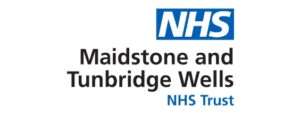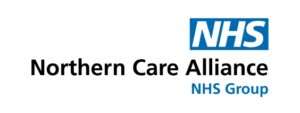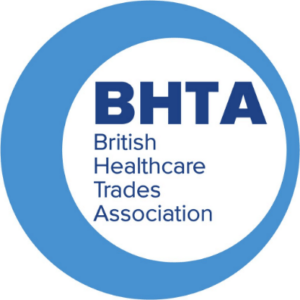Helping the NHS Achieve its Long Term Plan

The NHS Long Term Plan was published in 2019, setting out the main priorities for the NHS over the next 10 years and making sure it is fit for the future. The following content outlines how Vivid Care are supporting the NHS with this plan.
The Long Term Plan is set out into different sections, and so we will bring you through each one individually, explaining how we are working to support the achievement of the goals outlined in each.
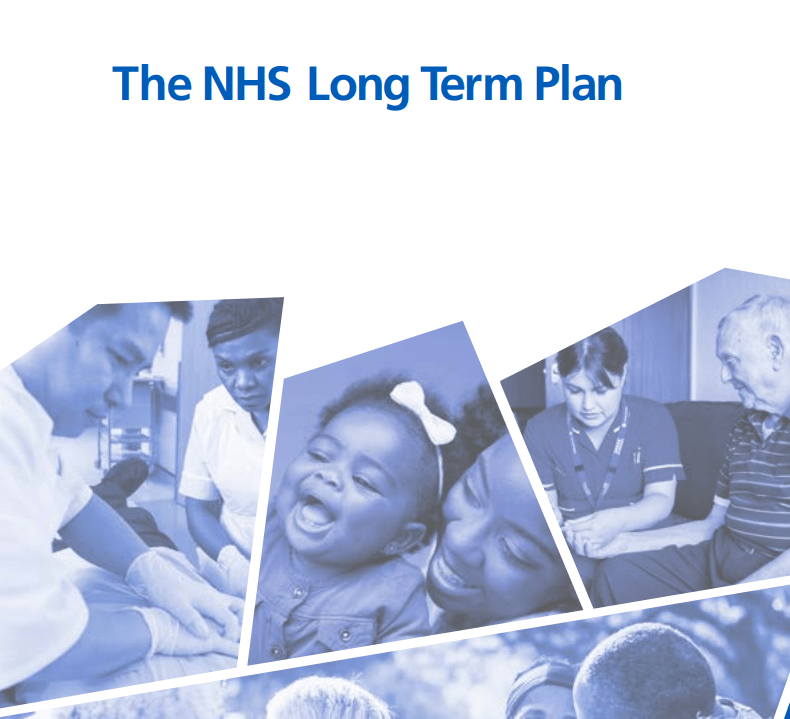
Outdated and segmented care delivery imposes constraints on NHS services, and reforms are needed to join up patient care in the community.
Boosting out-of-hospital care, speeding up hospital discharges and reducing avoidable admissions are some of the reforms demonstrating real change.

In recognition of the wider responsibility Public Health has to encourage healthy lifestyle choices, the NHS has commissioned several initiatives to curb endemic issues such as smoking, obesity, alcoholism, diabetes, and air pollution.
Our detailed sustainability plan articulates our vision to become carbon-neutral by 2045, and how we will deliver this mission:
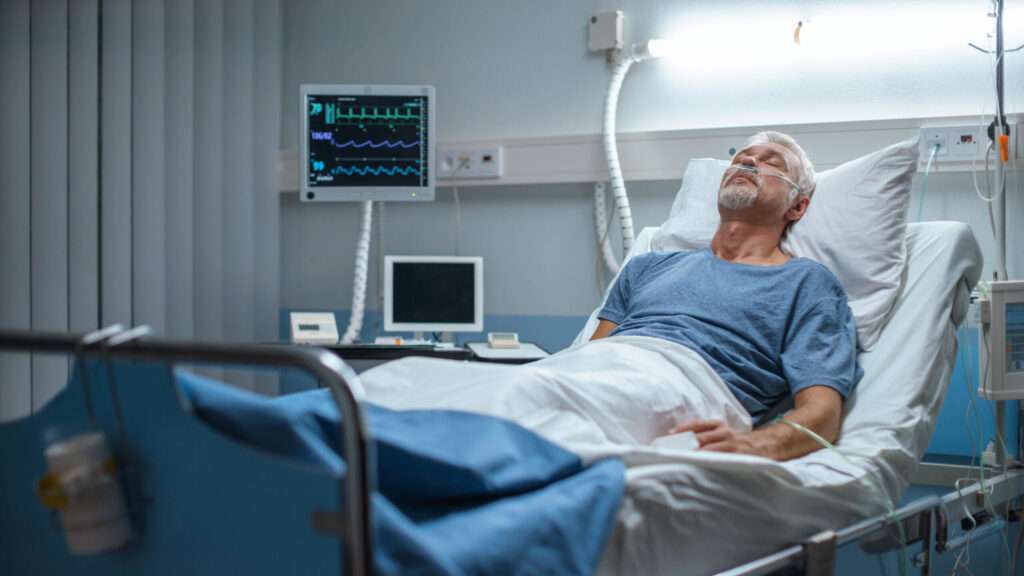
Despite considerable advancements over the past decade, there is still further to go in reducing healthcare inequalities and tackling the biggest causes of early morbidity in our country.
This is how we are helping the public healthcare system with some of these issues:

The NHS is Europe’s largest employer, and staff are feeling the strain from labour shortages and increasing demand on many fronts. Recent demands for pay increases reflect this dissatisfaction.
We are helping to relieve workforce pressures through the following initiatives:
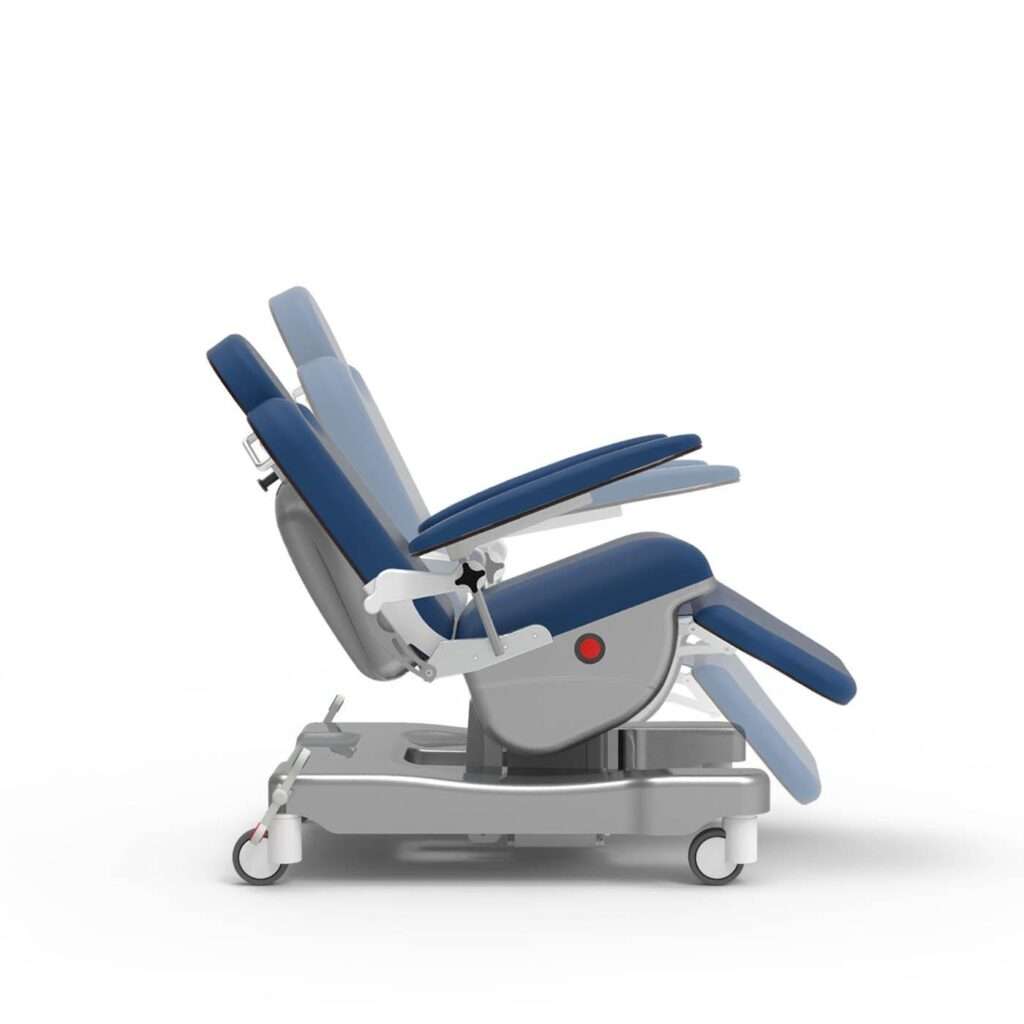
Technology is a key driver in the transition to a more streamlined and efficient NHS. We are continuing to research and employ new technologies to advance patient care.
Read on to find out more about our Healthcare Pioneers Board as well, our panel of Healthcare experts who have come together with the mission to innovate and influence within the industry. This includes the upgrading of technologies and digitally enabled care.
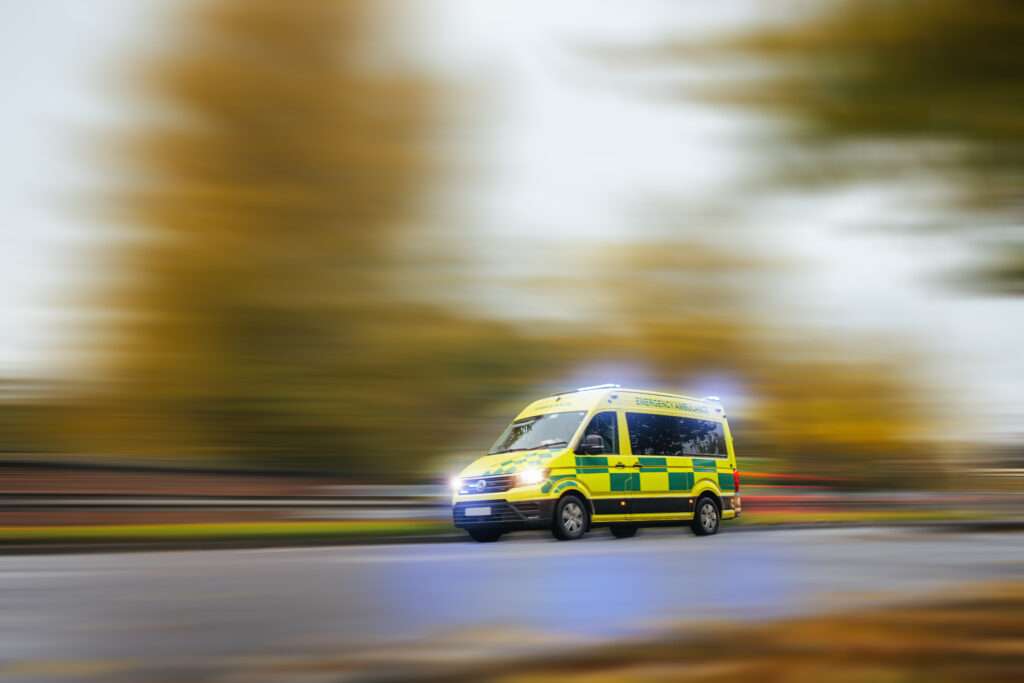
The 3.4% annual funding increase to cope with our growing and ageing population will bring more financial stability, but there is massive scope for further efficiencies in the system.
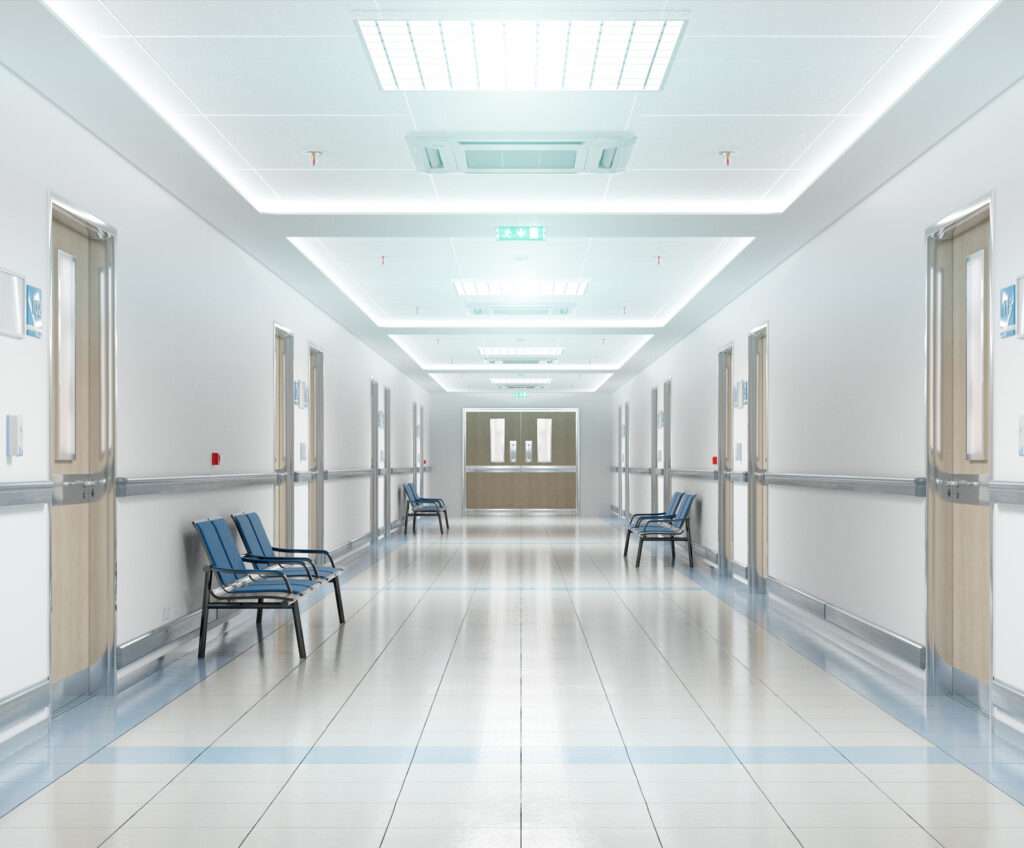
The transition to the Integrated Care System (ICS) model introduces a purpose-built system that can drive change and collaboration across the healthcare spectrum.
Have you seen a copy of the NHS Long Term Plan? It is available to view here: NHS Long Term Plan






